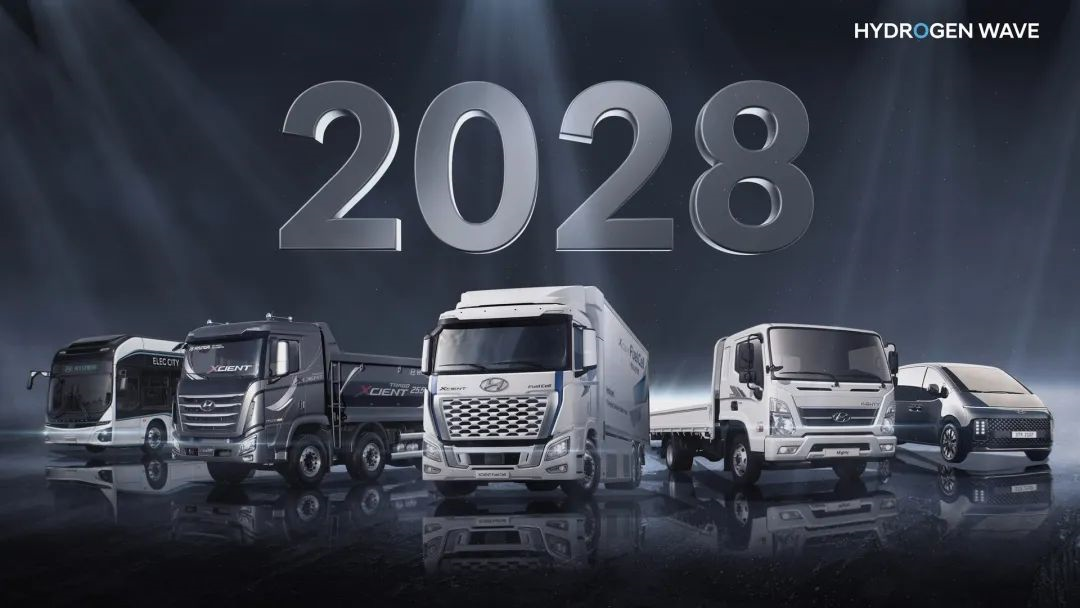10,000 units is the total hydrogen fuel cell vehicle sales worldwide in 2020, a market that can be considered relatively cold when compared to the hot demand for pure electric vehicles.
Hydrogen energy, theoretically a “zero-emission” energy source, has been gradually abandoned by companies such as Nissan and Honda due to a series of difficulties such as production costs, energy storage and transportation costs, and hydrogen refueling infrastructure construction. Even Elon Musk has mocked hydrogen energy as an “IQ tax”. Today, there are only a few car companies that stick to “hydrogen energy”, which can be counted on both hands.
In 2021, it is no longer newsworthy for a car company to announce car manufacturing or electrification transformation, but it is quite unconventional for a car company to fully commit to the hydrogen energy field.
On September 7th, at the “Hydrogen Wave” global online conference of the Hyundai Motor Group, the “Hydrogen Vision 2040” was officially announced: to popularize hydrogen energy to “everyone, everything, and everywhere” before 2040.
Since the development of hydrogen fuel cell vehicles (FCEVs) began in 1998, Hyundai has been deeply involved for more than 20 years and is more aware of the challenges that fuel cell vehicles face: technology, cost, and scenario selection, all of which are essential. Looking at the small goals set by Hyundai for the “2040” vision, they are directly facing these problems one by one.
(Challenges of hydrogen fuel cell vehicles: hydrogen production, hydrogen storage, fuel cell technology, and infrastructure)
In 2004, when Hyundai launched its first-generation fuel cell system, the driving range was 30,000 kilometers. In 2018, Hyundai’s first mass-produced hydrogen fuel cell SUV NEXO was launched, equipped with the second-generation hydrogen fuel cell system, which can achieve a driving range of 160,000 kilometers, equivalent to that of internal combustion engine models.
At the “Hydrogen Wave” conference, the third-generation hydrogen fuel cell system exhibited further improved durability, with a development program that has reached 500,000 driving kilometers in the passenger car field.On the aspects of performance and size, the new generation of fuel cell systems has been further optimized to provide two power versions of 100 kW and 200 kW. Compared with the second generation, the new generation 100 kW hydrogen fuel cell system has reduced its size by 30%, making it easier to adapt to different vehicle models. The 200 kW version is similar in size to NEXO’s hydrogen fuel cell system, but its output power has doubled.
In 2030, Hyundai Motor Group aims to achieve the same price as battery electric vehicles (BEVs) for hydrogen fuel cell vehicles (FCEVs), ensuring price competitiveness. When Hyundai proposed this goal, there were some doubts as battery electric vehicles have entered the cost-sharing stage of mass production, and methods such as reducing the cost of lithium iron phosphate batteries will continue to be explored in the next decade. Compared with this, there is still a long way to go before hydrogen fuel cells reach scalability.
In a fuel cell vehicle, the cost of the hydrogen fuel cell system accounts for about 60%, including the stack of about 400 battery cells, which is the main part. To reduce the cost of the fuel cell system, Hyundai has made many minor improvements. The cost of the fuel cell system for Hyundai’s prototype vehicle in 2003 was almost three times the price of housing in Seoul, which was called the “million-dollar car.” In 2021, the cost of the new generation fuel cell system is only 2% of the original cost, a decrease of 98%.
Of course, to further reduce costs and catch up with the pace of battery electric vehicles, we still need to rely on the power of scalability. Therefore, the goal is to make fuel cell vehicles popular and produce them on a large scale.
Hyundai Motor Group plans to first become the world’s first automaker to have all of its commercial vehicle models equipped with hydrogen fuel cell systems in 2028.Carbon emissions, long driving distances, relatively fixed usage scenarios, and convenient deployment of hydrogen refueling stations make commercial vehicles the preferred scenario for the deployment of fuel cell vehicles.
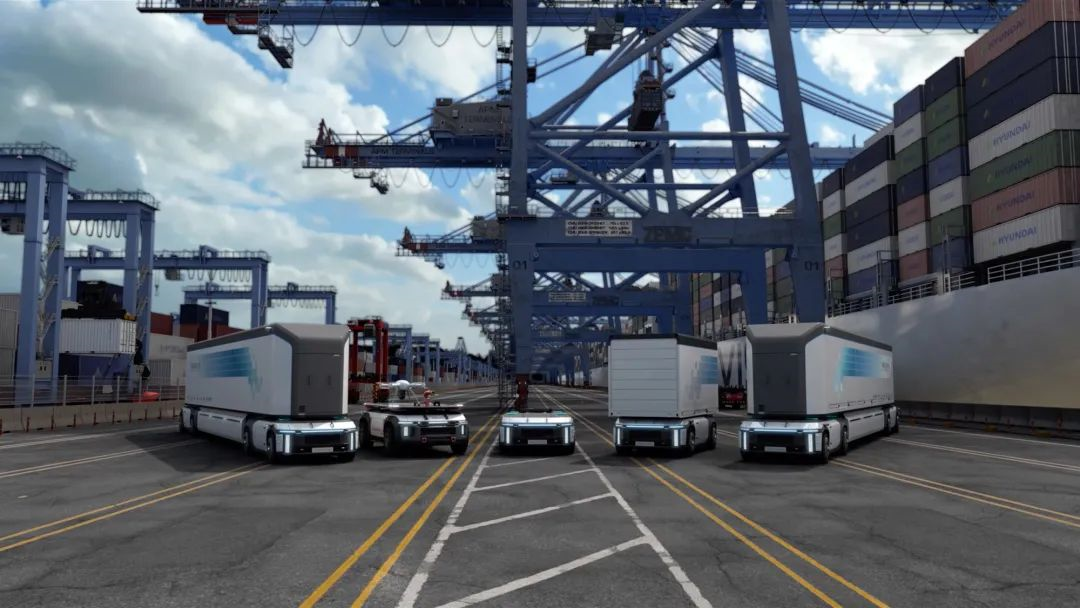
In the field of commercial vehicles, Hyundai Motor Group has begun to mass-produce an improved version of the world’s first mass-produced hydrogen fuel cell heavy truck, XCIENT Fuel Cell, and is developing a tractor based on the XCIENT Fuel Cell, which is scheduled to be released in 2023. At the same time, Hyundai Motor Group plans to actively enter the European market with an annual sales volume of 400,000 mid-to-large commercial vehicles based on the new generation of hydrogen fuel cell technology. Faced with the huge market demand of an estimated 7 million global commercial vehicles by 2030, Hyundai Motor Group plans to develop personalized customized hydrogen fuel cell vehicles (Purpose Built Vehicle, PBV) with a length of 5-7 meters.
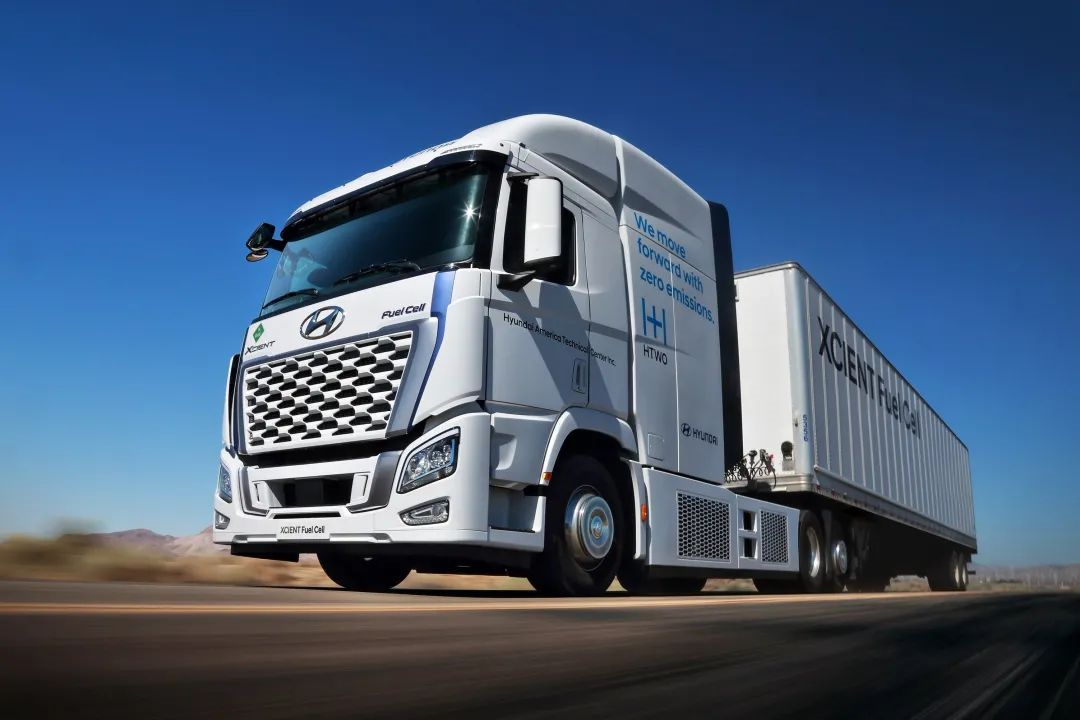
Of course, the commercial vehicle field is not only the preferred scenario for the landing of fuel cell vehicles, but also a “paradise” for the landing of autonomous driving technology. Therefore, the Hyundai Group integrates autonomous driving technology, robot technology, and fuel cell technology to launch several hydrogen-powered smart concept vehicles for future travel.
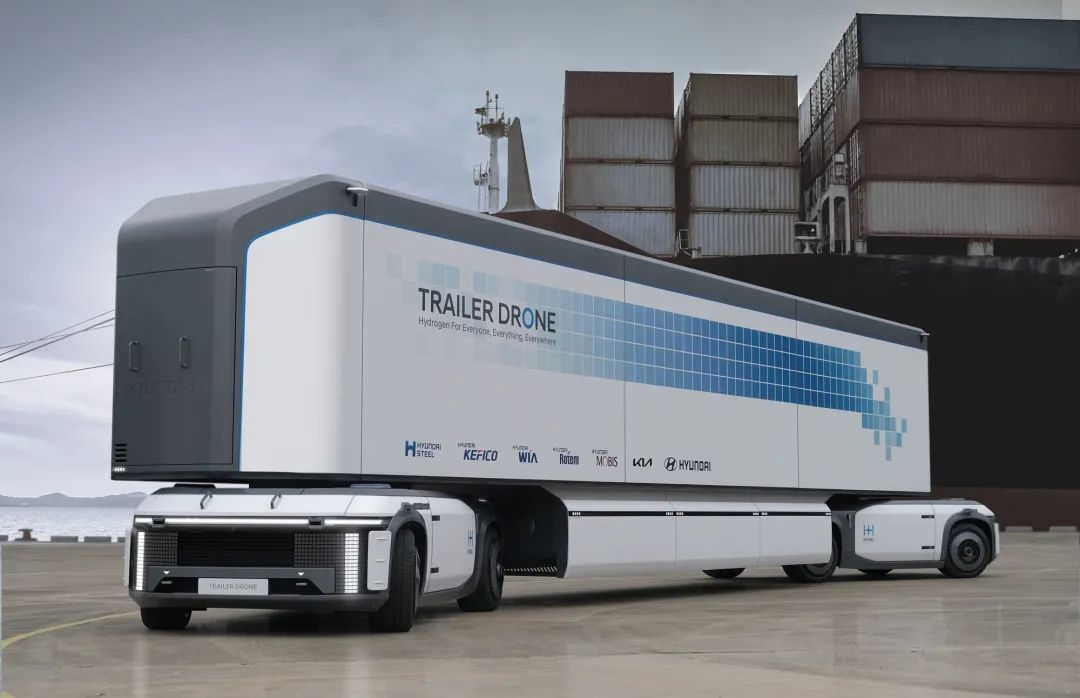
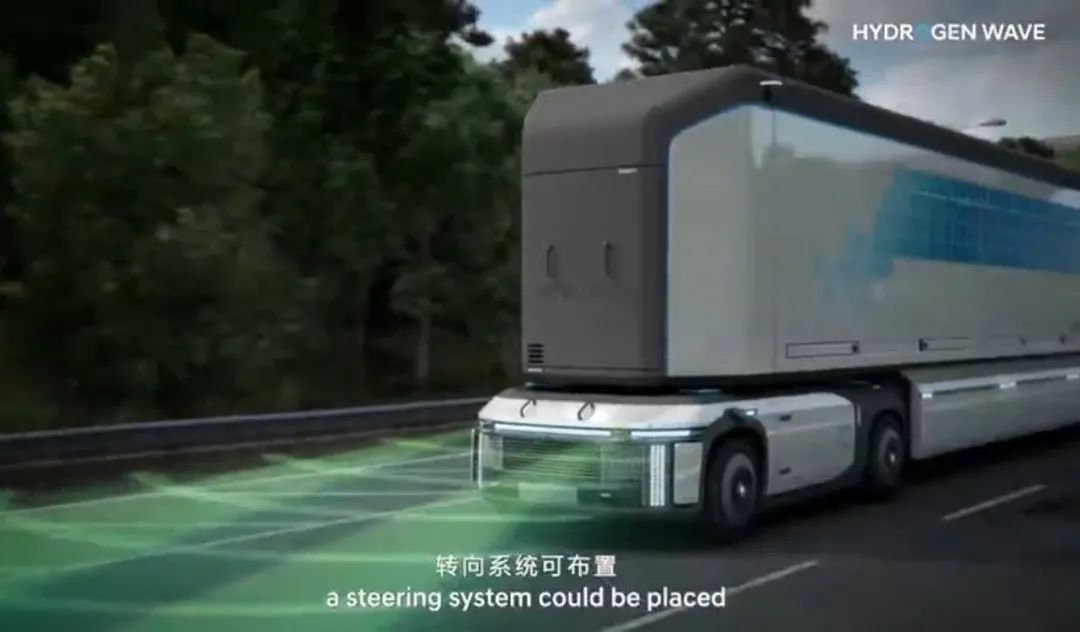
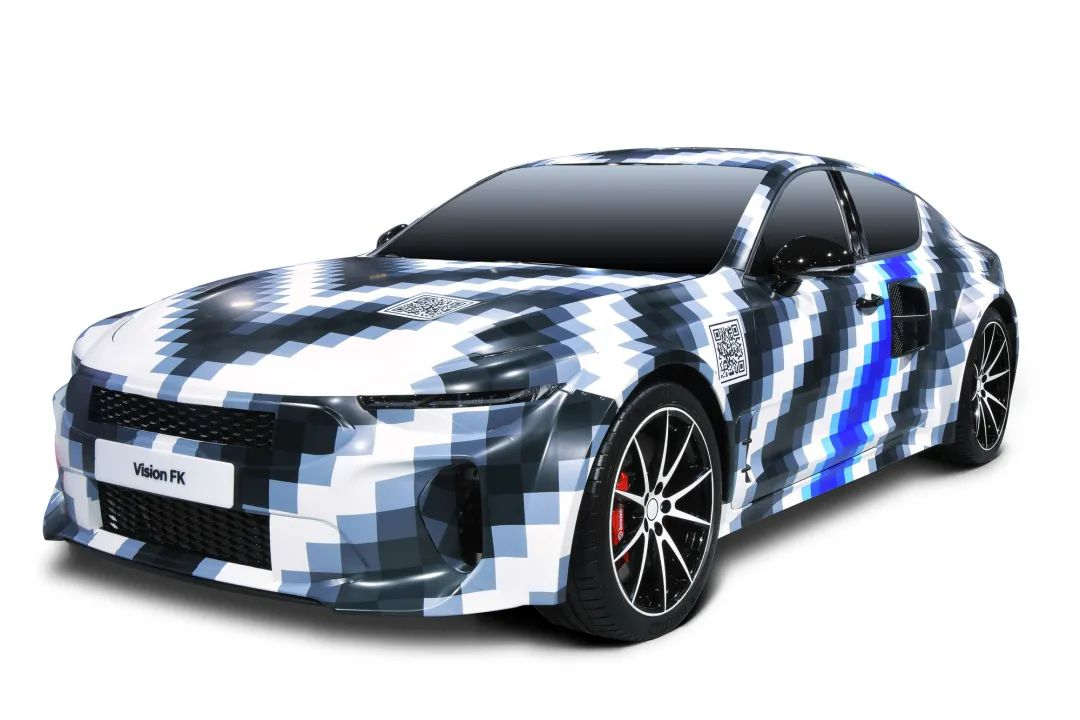
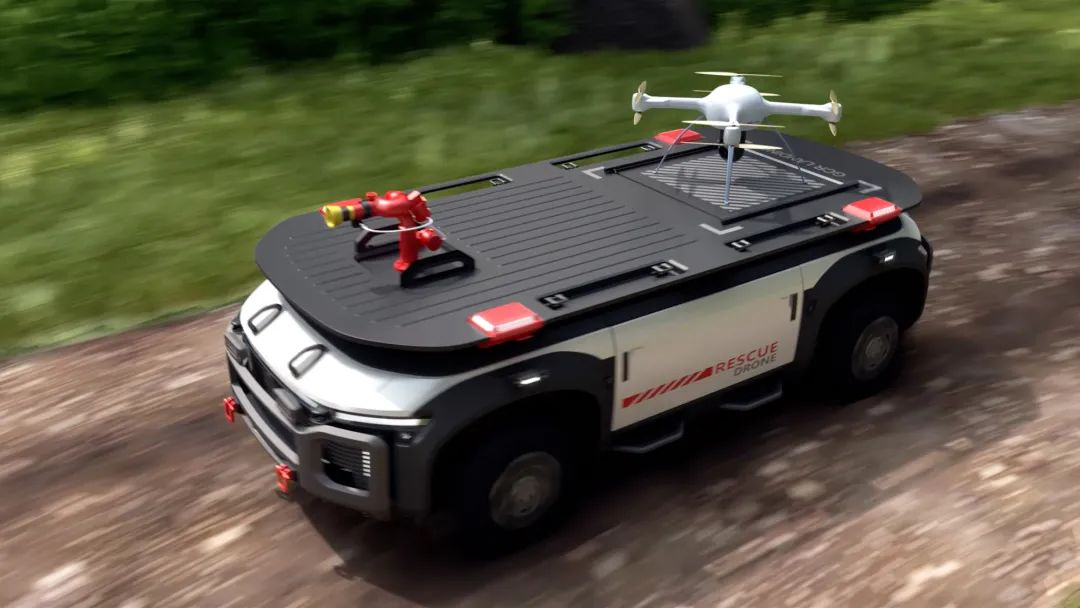
Riding on a wave, NEXO enters the Chinese market
At a press conference, Hyundai announced that the NEXO model is set to enter the Chinese market.
As the best-selling fuel cell model, NEXO has underperformed overseas, with sales only one-third of its domestic sales in South Korea. This can partly be attributed to different attitudes toward hydrogen energy in different regions.
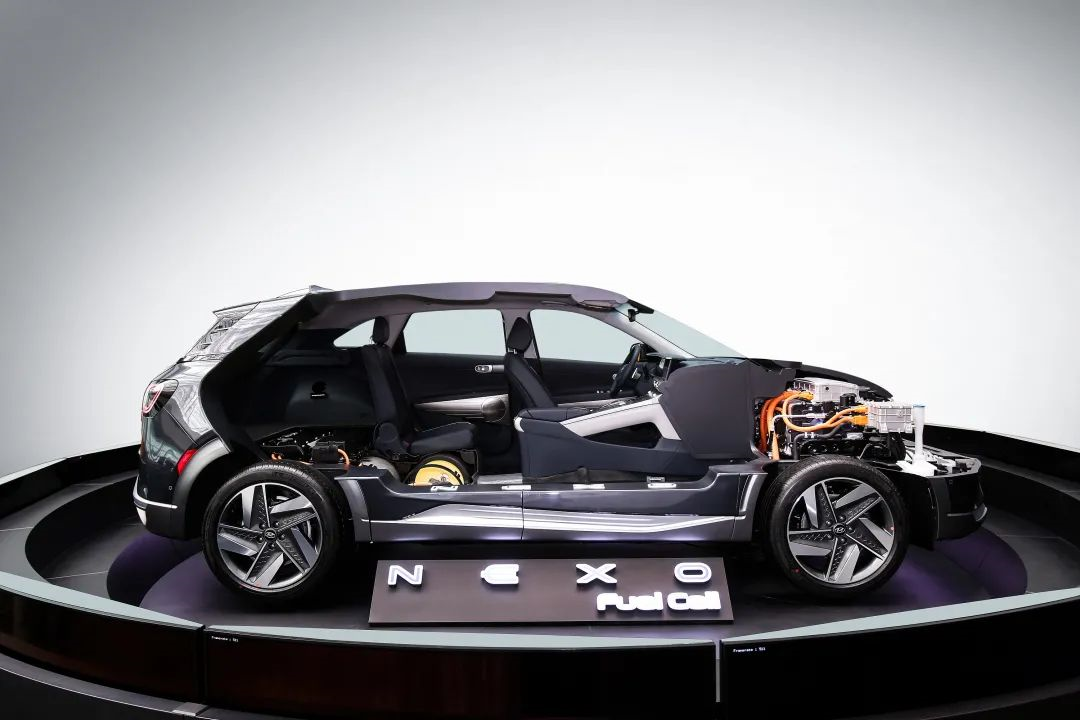
Why did NEXO choose to enter the Chinese market now?
Although the fuel cell vehicle market is relatively sluggish, the hydrogen energy industry in China is experiencing rapid development.
Hydrogen energy has been identified as an important future energy technology and has been included in government work reports. The first group of demonstration cities for fuel cell vehicles, including Beijing, Shanghai, and Guangdong, have been established. Even China’s two largest fuel companies, PetroChina and Sinopec, have begun to build hydrogen refueling stations.
As the “infrastructure fanatic” begins to lay the foundation in the field of hydrogen energy, the most significant challenge to the development of fuel cell vehicles, the lack of basic infrastructure for hydrogen refueling, is only a matter of time to overcome.
Seeing this opportunity, domestic auto companies are racing to enter the hydrogen energy market. SAIC Group has announced its hydrogen energy strategy, planning to launch at least ten fuel cell vehicle models by 2025. Great Wall Motors has even launched a hydrogen energy sub-brand, Salon Zhixing, and its hydrogen power technology company, Unis Hydrogen.
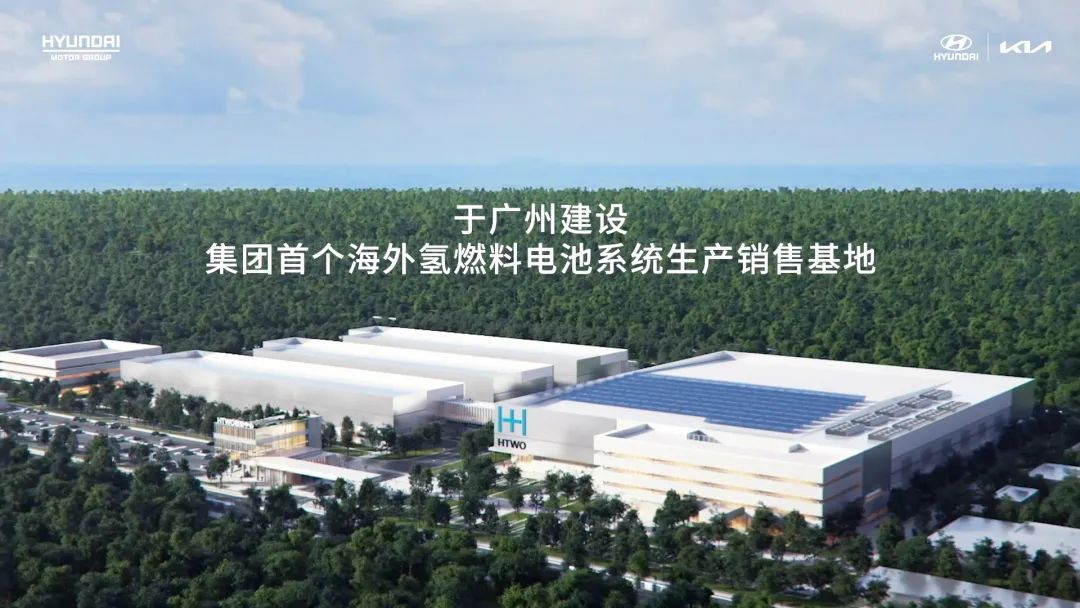
At this time, bringing the NEXO model to China and establishing the first overseas hydrogen fuel cell production and sales base “HTWO Guangzhou” is timed just right for the Hyundai Motor Group.
Final Thoughts
Choosing hydrogen energy as a future focus is Hyundai’s choice among different technology paths, and it can also be seen as a big gamble.
After all, when the mainstream of the world has chosen pure electric vehicles, whether the fuel cell vehicle path can be sustained depends not only on Hyundai’s own technology and products, but also on a series of upstream industries such as hydrogen production, hydrogen storage, hydrogen transportation, and hydrogen refueling.Fortunately, now the hydrogen energy team is getting stronger and stronger. Can we succeed in bringing down the price of fuel cell vehicles?
This article is a translation by ChatGPT of a Chinese report from 42HOW. If you have any questions about it, please email bd@42how.com.
